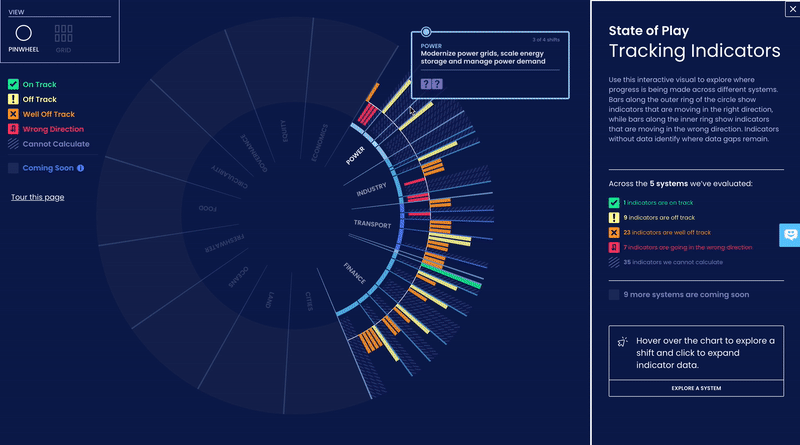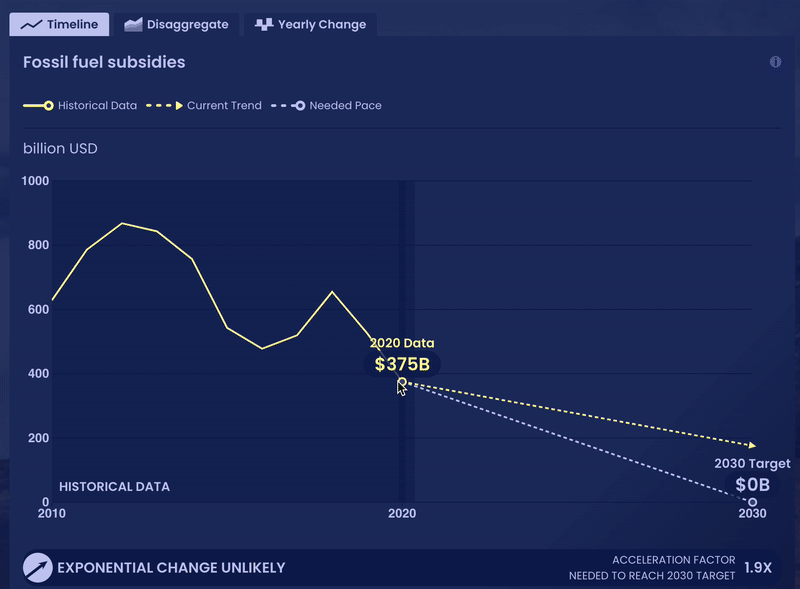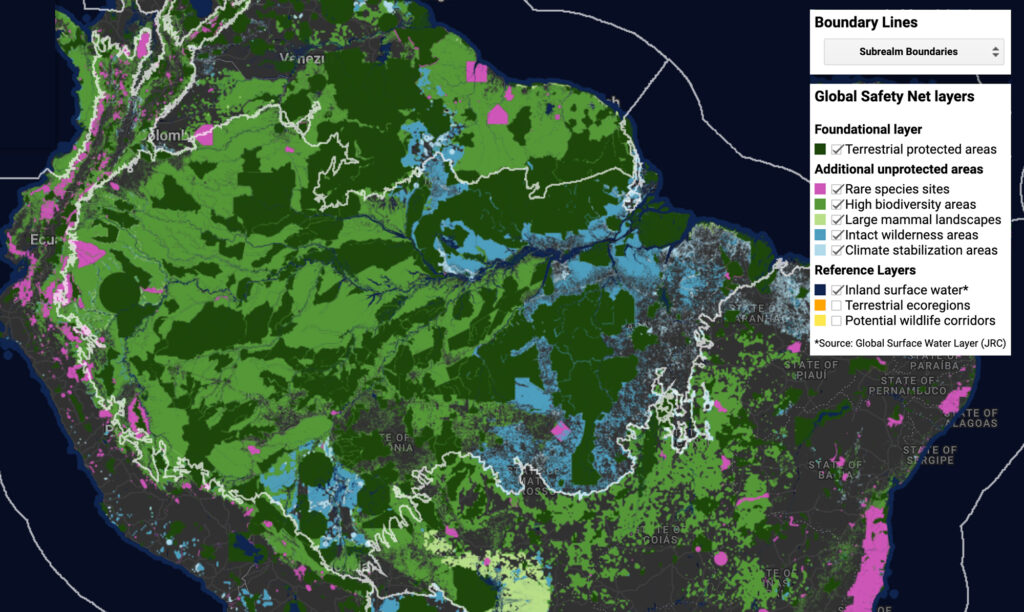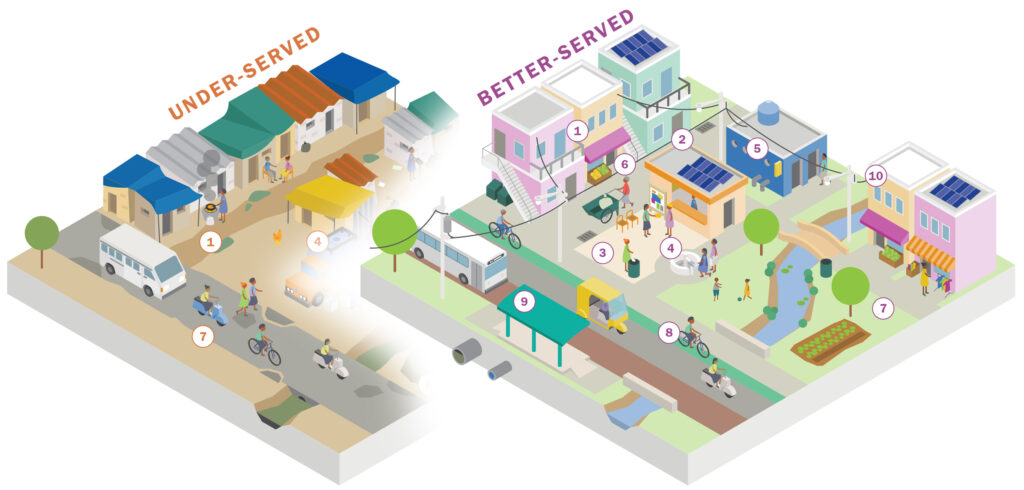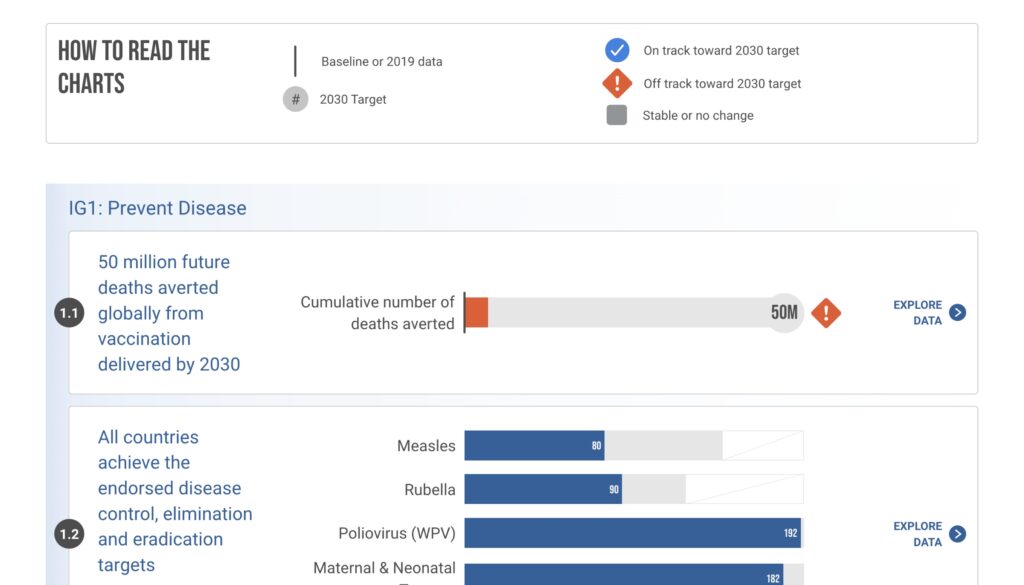Depicting the Need for Systems Change
World Resources Institute / 2022 / Environment & Climate Change
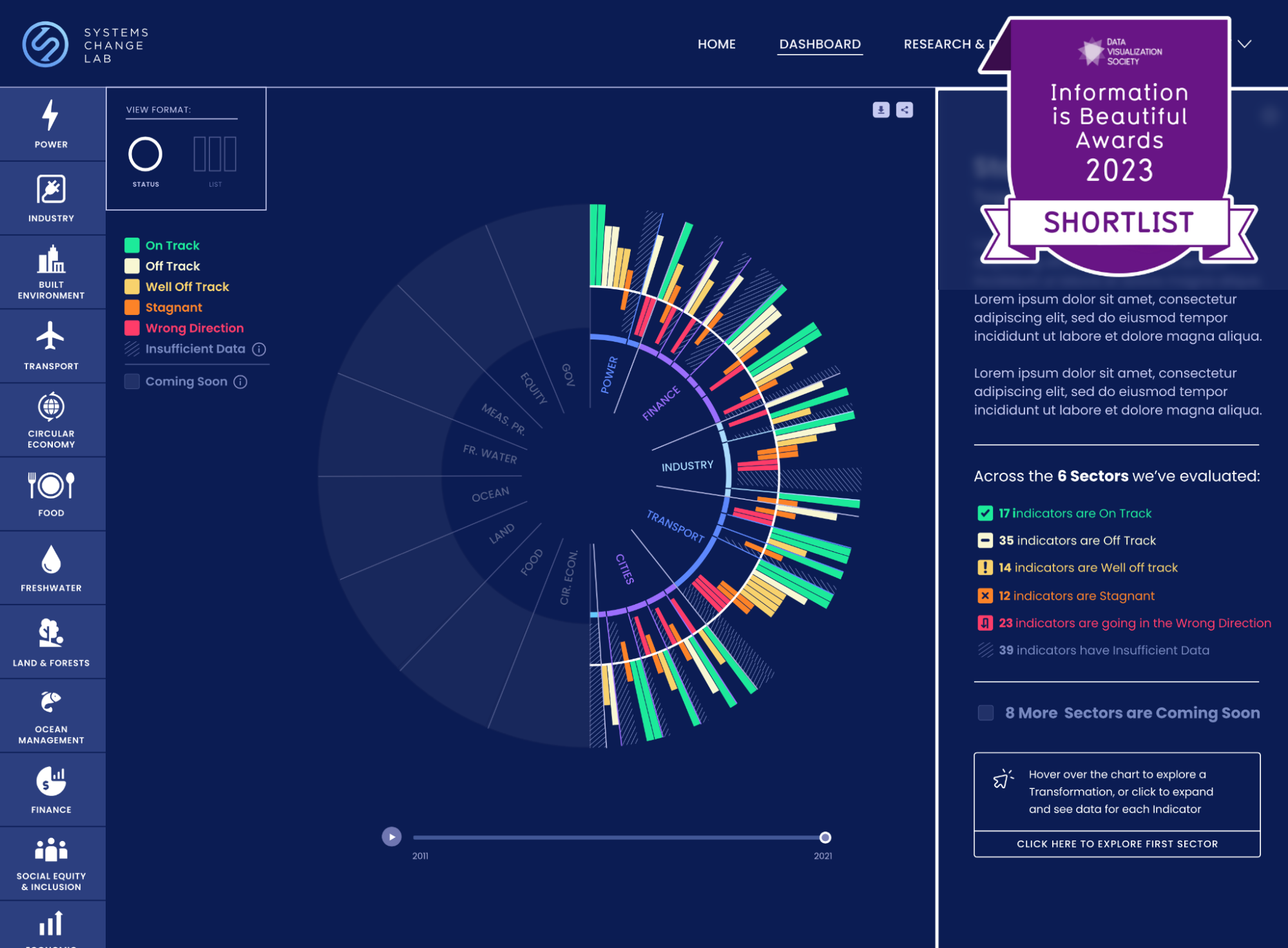
Overview
Curbing global warming, halting the loss of biodiversity, and building a just and equitable economy are among the world’s most pressing needs. To track progress and reveal systemic obstacles to reaching these goals, World Resources Institute (WRI), the Bezos Earth Fund, and a team of partner organizations created the wide-ranging Systems Change Lab data platform. The platform visualizes a path forward in improving global systems sparking bolder action. Systems Change Lab worked with Graphicacy and interactive agency Outright to help bring this platform to life.
- Services
- CMS Integration
- Data Management Solutions
- Data Visualization
- Geospatial Mapping
- Interactive Web Applications
- UX/UI Design
